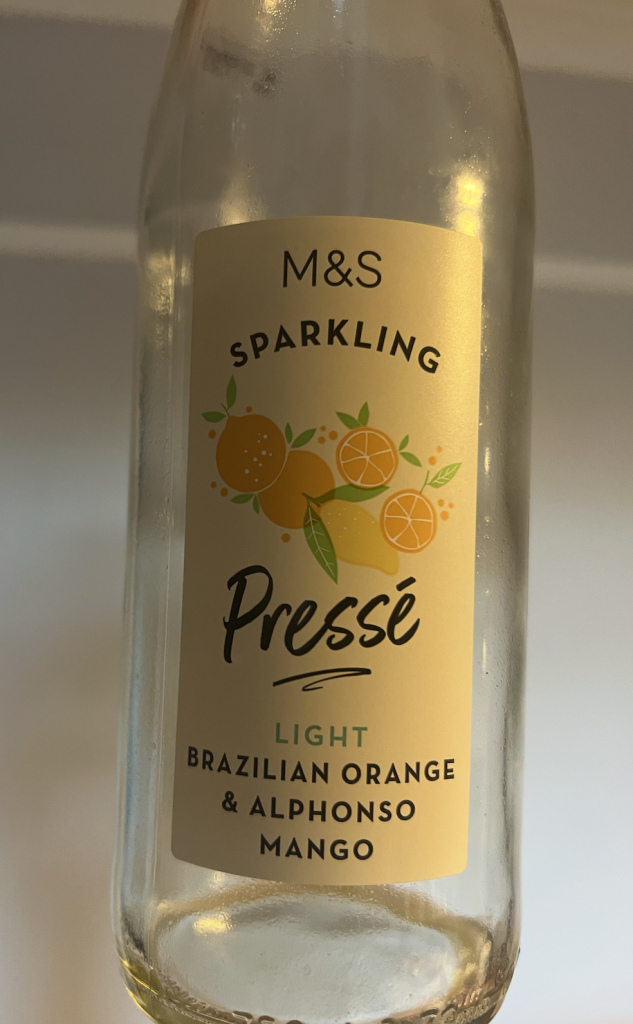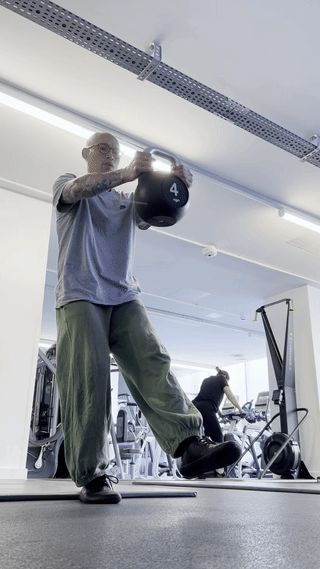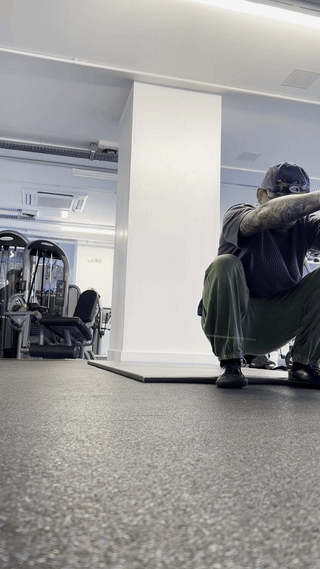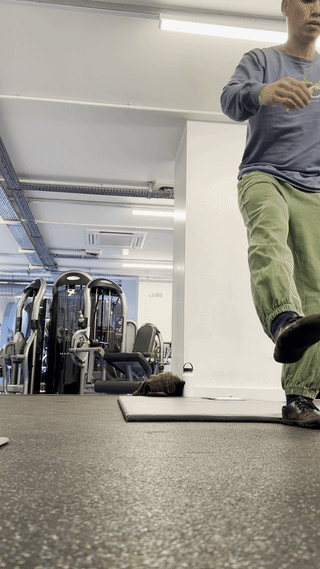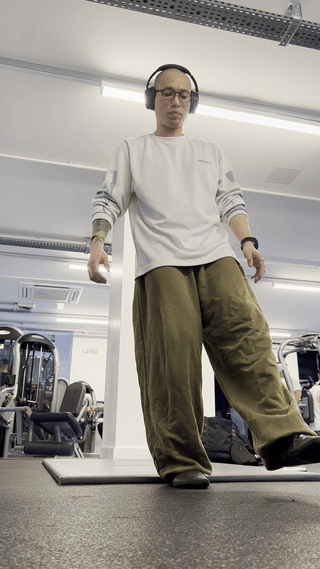Elliott is still asleep in the bedroom and I’m afforded the quiet morning to read, reflect, write. In a couple hours (hopefully), she’ll slowly rise and then shortly after I’ll drop her back off at her mom’s house. So, here are some morning musings.
On trying Onion Rings
I offered Elliott an onion ring to try out and she smiled and said “Sure, I’ll try one.” She proceeded to reach into the freshly opened bag, grabbed one onion ring, and ever so slightly stuck out the tip of her tongue and tasted it and immediately said “I don’t even need to eat it because I HATE IT already.” I couldn’t help but burst out in laughter. Her honesty— kids in general — is so raw, so beautiful. I’m not offended in the slightest bit and understand (especially within British culture) how that response from her would’ve been labeled or interpreted as rude but to me, absolutely hilarious.
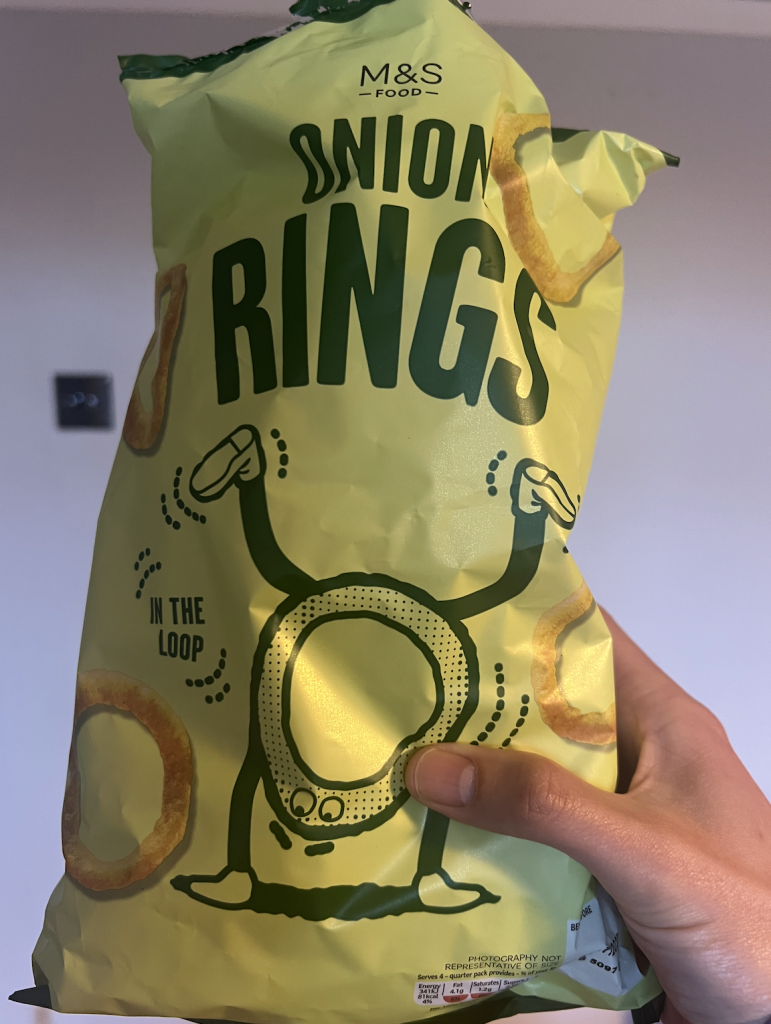
Video recap of Monday
Been practicing taking footage on my DSLR and practicing improving my editing skills (thanks again Wei for suggesting I start off with experimenting with shadow, temperature and highlights).
On being kind to oneself, others and communicating boundaries
Elliott knocked over the container of beads, about a hundred of them flying all of the kitchen floor. The spill happened just before we were heading to bed and I had let out a big sigh of frustration. And then proceeded to say “These things happen Elliott. Could happen to anyone.” The way I speak to her is no different than the way I’ve learn to talk to myself: with kindness and self-compassion. In addition to being kind with her — with words — I showed functional validation and dropped to the floor to help pick up the sea of beads. Initially, she said “How about you pick up the beads and I’ll continue playing.” In response I said, “Elliott, I’m here to help you however it is also part of your responsibility to clean up after yourself as well.” She initially resisted, and proceeding to assemble a new pattern when I then placed a boundary: “Elliott, please come down here and help me pick up the beads. Otherwise, after I pick them up, I will throw them away.” In general, I try to start with positive encouragement and more often than not, she (more so lately) is more than willing to help however in some scenarios, I find it appropriate to clearly (to the best of my ability) communicate consequences: not empty threats. Often I’m reminded of Dr. Becky’s definition of boundaries, which is (paraphrasing here): in order for a boundary to take effect, the OTHER person does not need to DO ANYTHING. In that way, boundaries differ to requests. With a boundary, for it be enforced, I take action.
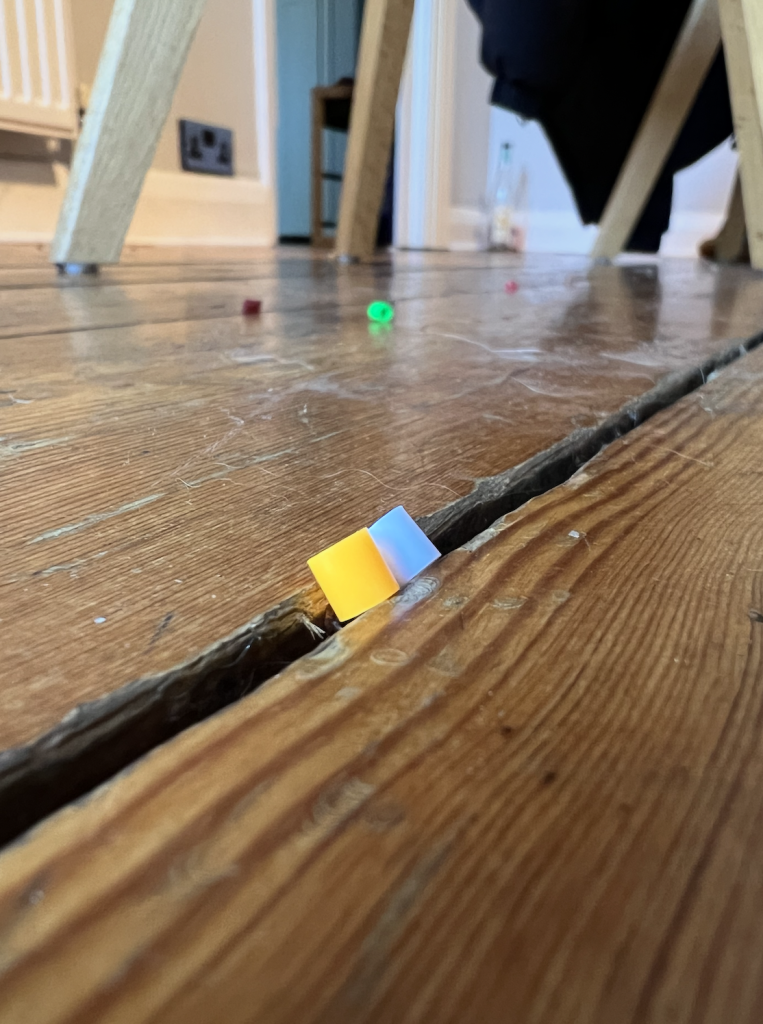
Drinking Sparkling Mango while taking a bath
Elliott typically does not like sparkling drinks but after she tried out this mango flavored sparkling drink from M&S, she loved it, so much so that while giving her a bath last night, she asked if I could pour her a cup of the drink and if she could drink while bathing. Why not?
